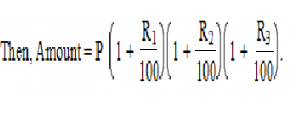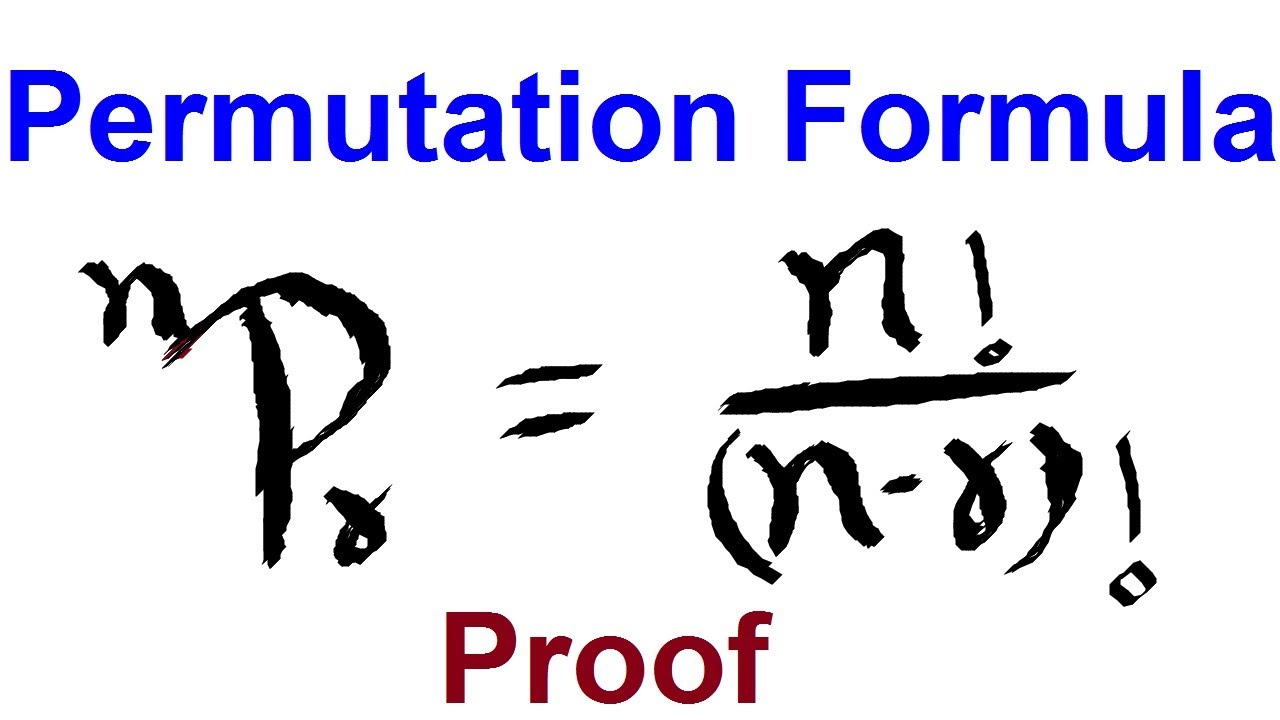HOW TO SOLVE PROBLEMS ON COMPOUND INTEREST-LEARN SERIES
Want to Become a Bank, Central / State Govt Officer in 2020?
Join the Most awarded Coaching Institute & Get your Dream Job


Now Prepare for Bank, SSC Exams from Home. Join Online Coure @ lowest fee
Lifetime validity Bank Exam Coaching | Bank PO / Clerk Coaching | Bank SO Exam Coaching | All-in-One SSC Exam Coaching | RRB Railway Exam Coaching | TNPSC Exam Coaching | KPSC Exam Coaching
HOW TO SOLVE PROBLEMS ON COMPOUND INTEREST-LEARN SERIES
Hi Bankersdaily Aspirants,
Aspirants as you all know IBPS RRB exams are heading soon ,we had started our Preparation & we had Started Learn Series for Neophyte’s in which we are discussing on the each type of problem in all the topics in Aptitude,Reasoning and English Section.
Click Here to Read Each and Every topic
INTRODUCTION TO COMPOUND INTEREST:
Compound interest is the addition of interest to the principal sum of a loan or deposit, or in other words, interest on interest.
In IBPS Exam,2 Questions are asked from this section.
FORMULAS FOR COMPOUND INTEREST:
-
- Let Principal = P, Rate = R% per annum, Time = n
When interest is compounded Annually:
 When interest is compounded Half-yearly:
When interest is compounded Half-yearly:

When interest is compounded Quarterly:

When interest is compounded Annually but time is in fraction, say 3 2/5 years:

When Rates are different for different years, say R1%, R2%, R3% for 1st, 2ndand 3rd year respectively.

Present Worth of Rs.x due n years hence is given by:

COMPARISON BETWEEN SI AND CI :
COMPOUND INTEREST:
| PRINCIPAL | CI IN YEARS | YEARS | TOTAL CI | AMOUNT |
| 1000 | 100 | 1ST YEAR | 100 | 1100 |
| 1000 | 110 | 2ND YEAR | 210 | 1210 |
| 1000 | 121 | 3RD YEAR | 331 | 1331 |
SIMPLE INTEREST:
| PRINCIPAL | SI IN YEARS | YEARS | TOTAL SI | AMOUNT |
| 1000 | 100 | 1ST YEAR | 100 | 1100 |
| 1000 | 100 | 2ND YEAR | 200 | 1200 |
| 1000 | 100 | 3RD YEAR | 300 | 1300 |
NOTE:
1.For 1st year SI=CI
2.Variation of Interest Starts from 2nd Year.
3.In CI interest and Amount in 2consecutive years also increases by r%
TYPE 1:
1.If a man invests Rs.10000 at the rate of 20% per annum for 2 1/2 years.What is the amount of the man if his principal is compounded annually?
Amount=10000(1+20/100)²*(1+20/100*1/2)¹
=10000[(120/100)*(120/100)]*(110/100)
=15840
TYPE 2:
DIFFERENT RATES FOR DIFFERENT YEARS:
1.If a man invests principal of Rs.10000, with different rate of interest that is for first 2 years Rate of interest is 10% for the next year Rate of Interest is 20% and then for next 1 year is 25% per annum which is compounded annually, What will be the amount for 4years?
Amount=P{(1+r1/100)t1 * (1+r2/100)t2 * (1+r3/100)t3}
=10000(1+10/100)² *(1+20/100)¹ * (1+25/100)¹
=10000*( 110/100)*(110/100) *(120/100) *(125/100)
=Rs.18150
TYPE 3:
WHEN INTEREST IS COMPOUNDED ANUALLY, HALF YEARLY, QUARTERLY:
1.A man invests principal of Rs.10000 at the rate of 20%per annum with interest compounded half yearly for 2 years.What is the Amount he will have at the end of 2years?
P=Rs.10000
R=20%per annum
Interest compounded half yearly for 2 years
A=10000(1+(20/100*1/2))²*²
=10000*(110/100) *(110/100) *(110/100) *(110/100)
Amount=Rs.14641
TYPE 4:
BASED ON EFFICIENCY:
1.A sum amounts to twice in 3 years at Compound Interest.In how many years it becomes 8 times at same rate r%?
Given Amount=2P in 3 years
Amount=P(1+r/100)n
2P =P(1+r/100)ᶾ
2= (1+r/100)ᶾ
To become 8 times 2 should be cubed
2ᶾ= (1+r/100)3*3
8=(1+r/100)9
It becomes 8 times in 9 years
ALTERNATE METHOD:
M times=t1 years
N times=t2 years
m⅓ =n¹/t2
2⅓=8¹/t2
2⅓ =2ᶾ*
Base are equal
1/3=3*1/t2
t2=9
9 years are required for a sum to become 8 times
TYPE 5:
DIFFERENCE BETWEEN SIMPLE AND COMPOUND INTEREST:
FOR 2 YEARS:
=PR²/100²
FOR 3 YEARS:
=PR²(300+R)/100³
1.The difference between Simple interest and Compound Interest in(Rs.) on Rs.1200 for one year at 10% per annum reckoned half yearly is?
Since the interest is compounded half yearly therefore rate=10/2 =5%
CI-SI=PR²/100²
=1200*5*5/1000
=30000/10000
=Rs.3
2.If the difference between CI and SI on a certain sum of money for 3 years at 10% per annum is Rs.93.Find the sum(in Rs.)
Sum= Difference*100³/r³(300+r)
=93*100*100*100/(10*10*310)
=Rs.3000







1 comment
Type 1 1st question answer is 14400